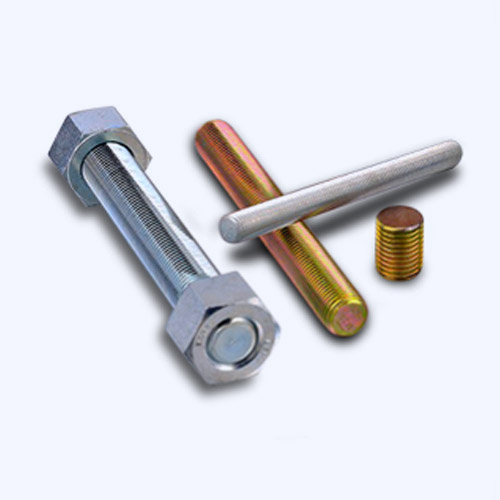Dec . 22, 2024 15:26 Back to list
m10 screw
Understanding M10 Screws A Comprehensive Guide
When it comes to fasteners, the M10 screw is one of the most widely used components in engineering and construction. This article aims to provide an in-depth understanding of M10 screws, detailing their specifications, applications, varieties, and tips for proper use.
What is an M10 Screw?
The designation M10 refers to a metric screw with a nominal diameter of 10 millimeters. The M stands for metric, indicating that the screw is measured using the metric system, a standard that is prevalent in most parts of the world, excluding the United States where imperial measurements are more common. The number 10 signifies the outer diameter of the screw's threads.
M10 screws come in various lengths, generally ranging from 16 mm to 200 mm or more, with thread pitches that might include the standard 1.5 mm pitch and finer 1.25 mm pitch. The choice between these variations often depends on the specific requirements of a project, including the materials being joined and the load-bearing needs.
Materials and Coatings
M10 screws can be manufactured from a variety of materials including stainless steel, carbon steel, and alloys. Each material offers unique benefits
1. Stainless Steel Offers excellent resistance to corrosion and is ideal for outdoor or marine applications. 2. Carbon Steel Typically stronger than stainless steel but is prone to rust without a protective coating. 3. Alloy Steel Often used for heavy-duty applications due to its enhanced strength.
In addition to the material, M10 screws may also feature various coatings such as zinc plating, black oxide, or galvanization. These coatings provide additional protection against corrosion and wear, extending the life of the screw.
Applications of M10 Screws
M10 screws are incredibly versatile and find applications across numerous industries. Their common uses include
m10 screw

- Construction Used extensively in framing, anchoring structures, and fastening components in buildings. - Automotive Often employed in vehicle assembly due to their strength and reliability under high stress. - Manufacturing Integral in machinery assembly and structural components, providing essential connections that ensure overall functionality. - DIY Projects A popular choice among hobbyists and DIY enthusiasts, as they are easy to use and readily available.
With such a broad range of applications, understanding when and how to use M10 screws becomes essential for achieving durable and effective fastenings.
Selecting the Right M10 Screw
When selecting an M10 screw for a project, several factors should be considered
- Length Match the length of the screw to the thickness of the materials being joined. An overly long screw could damage materials or compromise integrity, while a too-short screw may not provide a secure connection. - Thread Type Choose between coarse and fine threads based on the application. Coarse threads are generally used for softer materials, while fine threads are preferred for harder materials and provide better resistance to stripping. - Head Type M10 screws come with various head types, such as hex, socket, or Phillips heads. The choice depends on the tools available and the environment in which the screw will be installed.
Installation Tips
Proper installation of M10 screws is crucial for ensuring a stable and resilient fastening. It’s essential to
1. Pre-drill Holes For wooded materials, pre-drilling pilot holes can prevent splitting. 2. Avoid Over-torquing Use a torque wrench to avoid damaging the screw or the material being joined, particularly with softer materials. 3. Use Lock Washers In applications exposed to vibration, lock washers help maintain tight connections by preventing screws from loosening over time.
Conclusion
M10 screws are fundamental components that play a critical role in various applications across multiple industries. With their combination of strength and versatility, understanding their specifications, suitable materials, and proper installation techniques is essential for achieving successful outcomes in construction and manufacturing projects. By choosing the right M10 screw, professionals and DIYers alike can ensure their projects are built to last.


